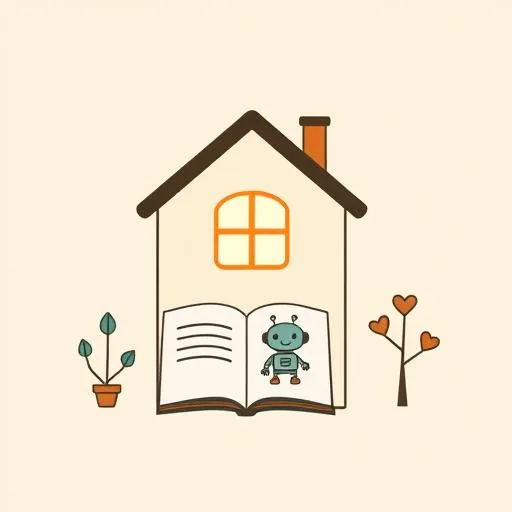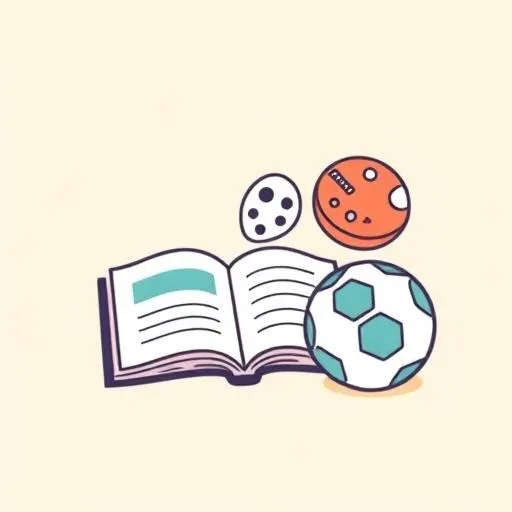
Mark Cuban once predicted the first trillionaire might be ‘one dude in a basement’ harnessing AI—and now he’s bringing those very tools to high school classrooms. It’s got me thinking: what does this mean for our kids growing up with artificial intelligence as daily reality? As a dad, I see both possibilities and the need for work-life balance—how do we nurture curiosity through AI education without losing childhood magic?
Why Does Early AI Literacy Matter More for Kids?

Cuban’s initiative in Fort Wayne isn’t just about coding or complex algorithms—it’s about giving underserved students hands-on experience with generative tools across fields like healthcare, arts, and sports. And research backs this up: early exposure to tech concepts like AI tools for kids can shape career paths and future readiness (Bembridge et al., 2011; Margaryan, 2023). Imagine a classroom where kids aren’t just using apps but understanding how they work—where they learn to spot bias in machine learning or dream up capstone projects with mentors. That’s not just education; it’s empowerment.
So what does this mean closer to home? For our little ones, this isn’t about turning them into mini-programmers overnight. It’s about fostering a mindset where technology is a tool for creativity, not a replacement for it. Think of it like learning to cook: you don’t start with a five-course meal, but with measuring ingredients and stirring with wonder. Similarly, early AI literacy helps kids figure out what tech can and can’t do, building confidence to engage thoughtfully (Harvard EdCast, 2024). That’s a skill that’ll serve them whether they’re designing video games or negotiating medical bills—yes, AI is already doing that!
How to Balance Screens with Sandboxes for Childhood Magic?

But here’s the dad in me kicking in: while AI opens doors, we can’t let it overshadow the messy, hands-on joy of childhood. Cuban himself acknowledged risks like job displacement, urging us to engage with tools like ChatGPT to understand them better. As parents, our role isn’t to resist tech but to weave it into a balanced tapestry—where screen time complements, not replaces, backyard adventures or family game nights.
I love the idea of AI as a ‘family adventure guide’—maybe helping plan a weekend hike or sparking curiosity about stars. But it’s equally important to unplug and watch kids build forts out of blankets, where the only algorithm is their imagination. Research shows even preschoolers can grasp AI concepts, but they also need unstructured play to develop resilience and social skills (Springer, 2022). So why not blend both? Try a ‘tech-and-tell’ hour where kids explore a fun app, then head outside to reenact their discoveries with sticks and stories—tech balance for families starts with small steps.
Nurturing Tomorrow’s Innovators Through Play & AI

Cuban’s belief that AI could mint a trillionaire from a basement isn’t just about wealth; it’s about potential. And that potential lives in our kids—whether they’re tinkering with robots or painting rainbows. The key is to foster environments where curiosity thrives, both online and off. Schools like those in Fort Wayne are starting early with AI education, but parents can too: ask open-ended questions (‘How do you think this game works?’), encourage problem-solving, and celebrate failures as stepping stones.
What if the next big breakthrough doesn’t come from a lab but from a child’s playful ‘what if’ moment? By giving kids the tools to explore ethically and creatively, we’re not just preparing them for jobs; we’re nurturing future thinkers who’ll shape a kinder, smarter world. Inspired by Mark Cuban’s recent initiative, let’s embrace AI not as a threat but as a partner in raising resilient, curious kids—ones who might just change the world from their own basements, with a dash of hope and a whole lot of heart.
